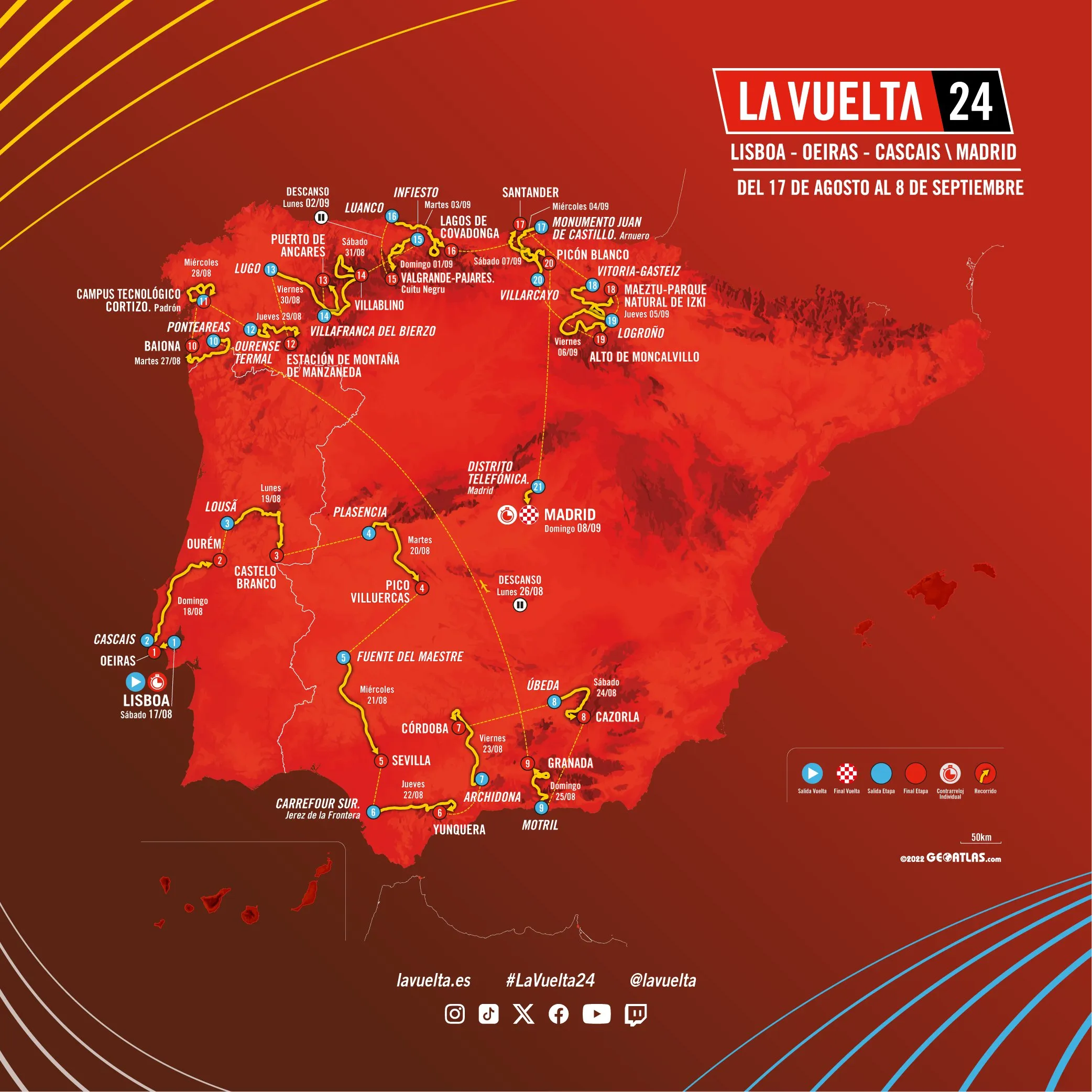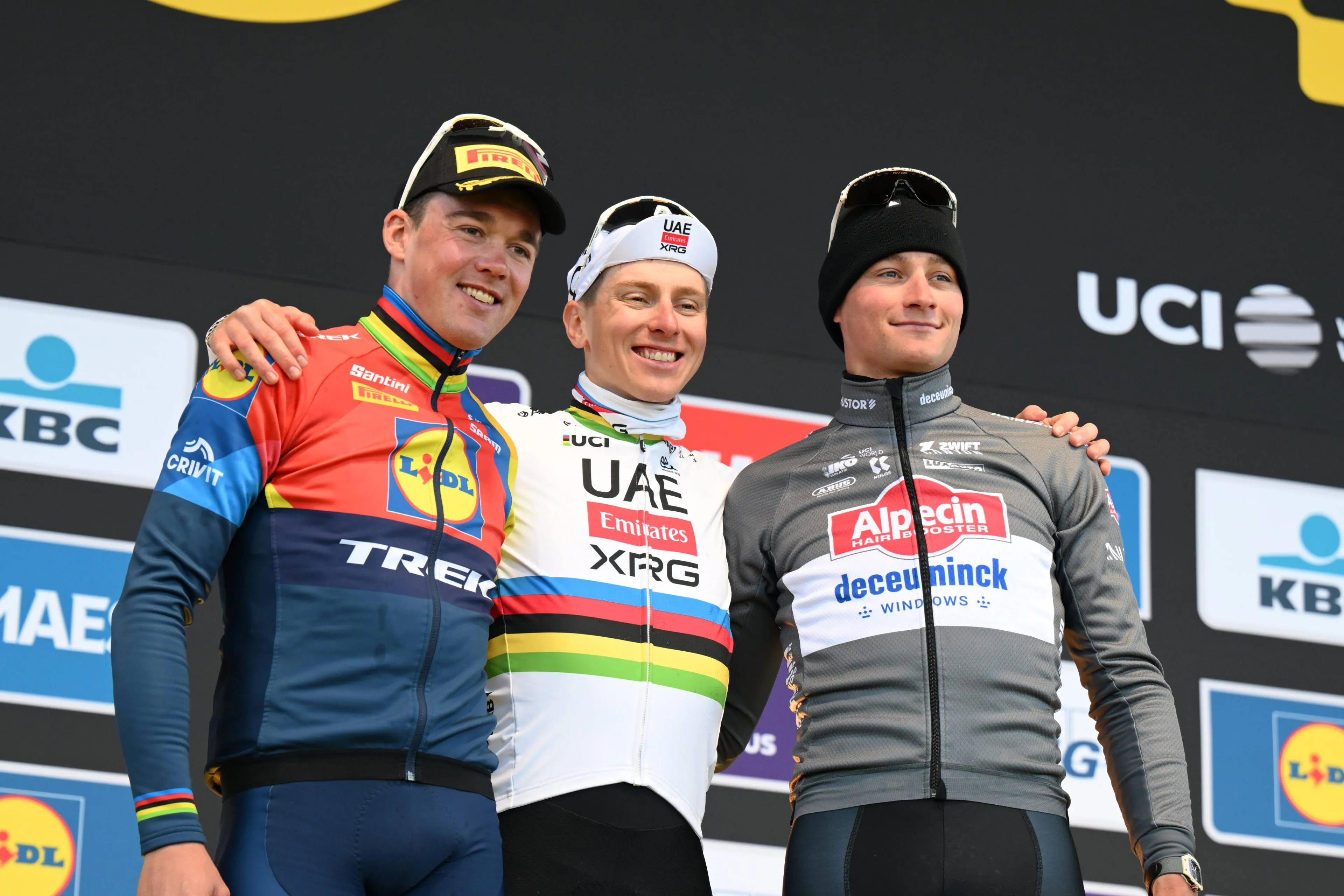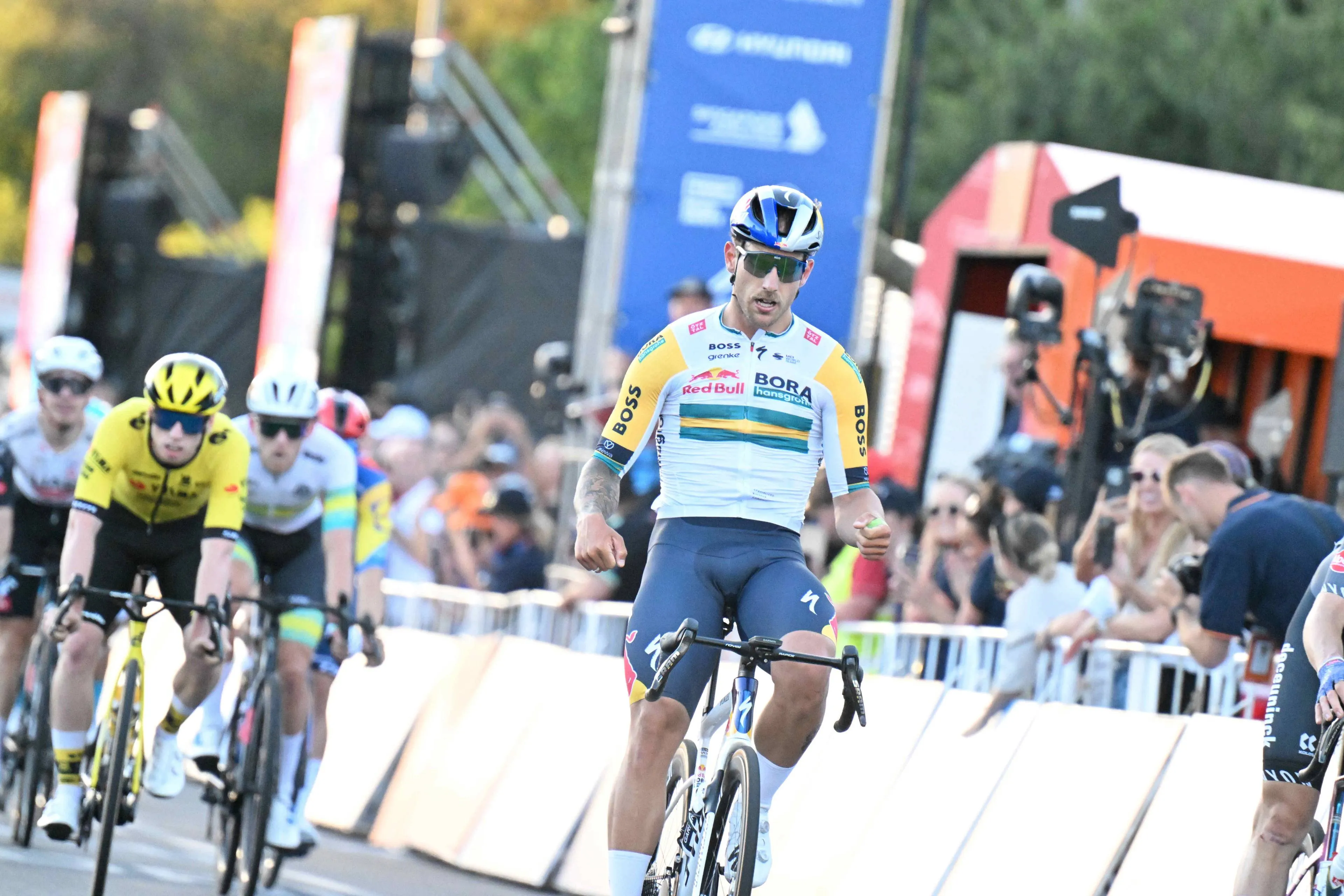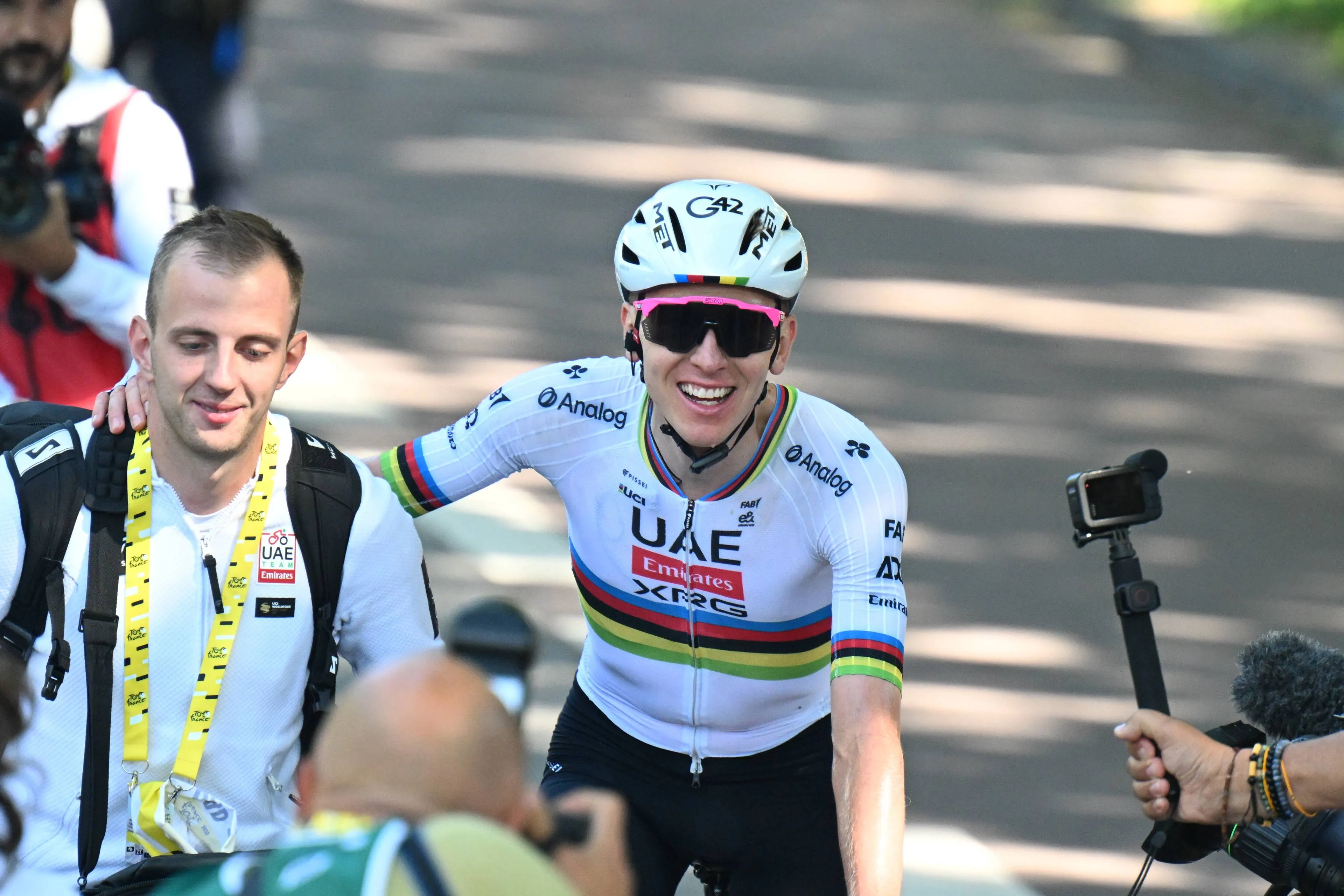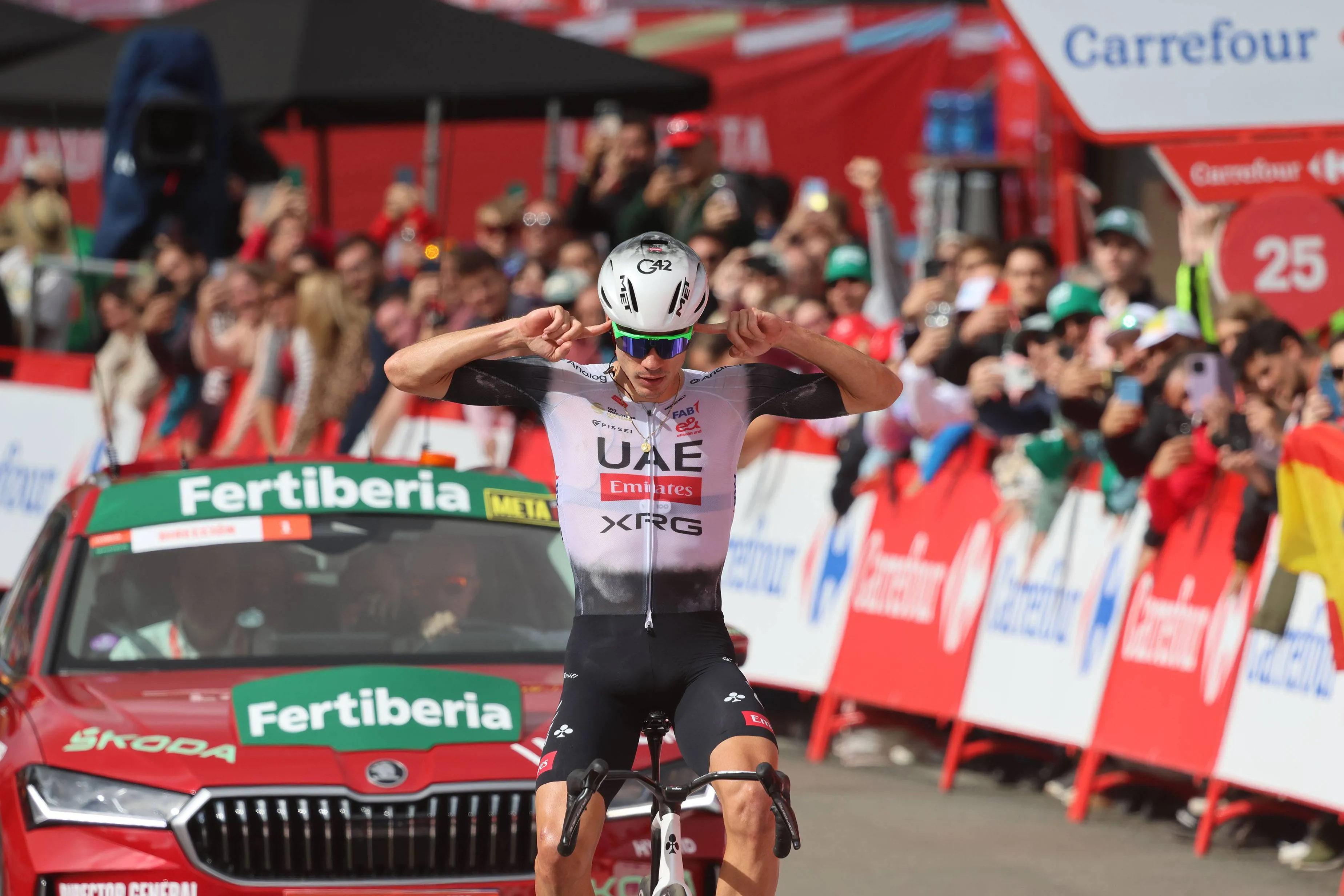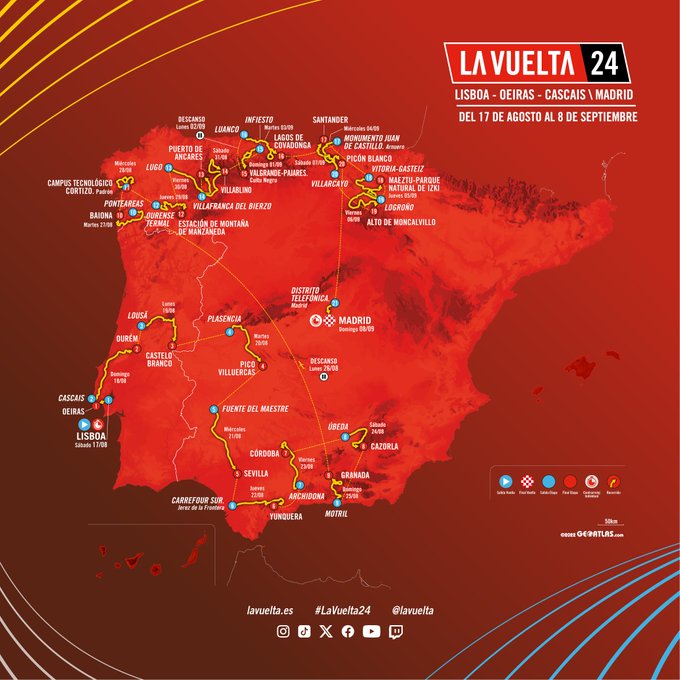Profiles & Route Vuelta a Espana 2024 - Lisbon start, 34 kilometers of time-trial; 9 summit finishes
CyclingTuesday, 19 December 2023 at 21:37
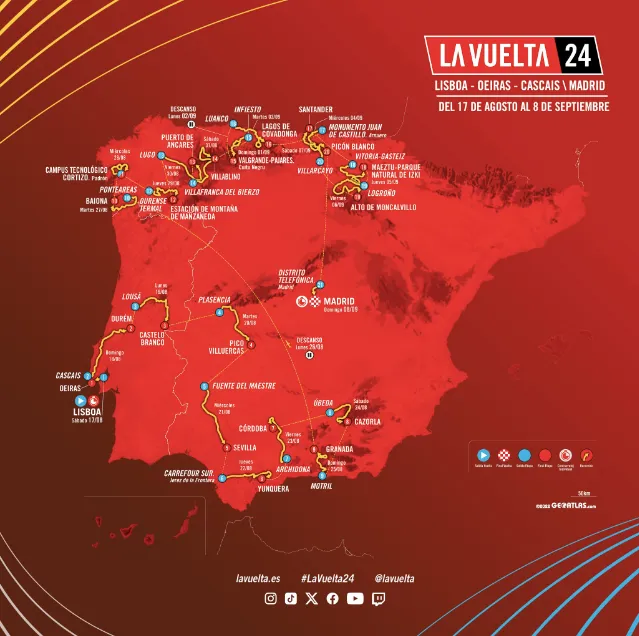
Profiles. The Vuelta a Espana 2024 will start next August 17 in Lisbon and will finish in Madrid on September 8, 2024. The race is marked by it's 34 kilometers of time-trials starting and ending the race, and plenty mountain stages will be ridden throughout the three weeks.
The race will have six flat stages, 13 medium and high mountain stages (9 high) and the two time trials referred to. The first three stages will take place in Portugal and we will find mountainous terrain in both the south and the north of Spain, where almost the entire route will take place this time without touching the Mediterranean (nothing in Aragon, Catalonia, Valencia or Murcia).
Read also
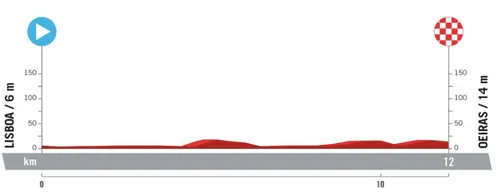
Stage 1 (ITT): Lisbon - Oeiras, 12 kilometers
Initial time trial in Lisbon of only 12 kilometers perfect for specialists. In the coast of the Portuguese capital the riders may find wind, in a day where early differences will be made and the first red jersey will be given.
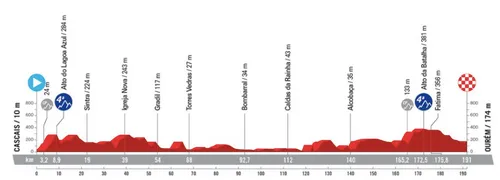
Stage 2: Cascais - Ourém, 191 kilometers
One of the few opportunities for the sprinters in the first road stage of the lap ending in Ourém with a fourth category climb near the finish line that should not prevent the sprint.

Stage 3: Lousã - Castelo Branco, 182 kilometers
Last day in Portugal with a continuous up and down that will surely do a lot of damage to the riders. Everything that is not the second chance for the sprinters will be a surprise, with the finale in Castelo Branco, close to the border with Spain.
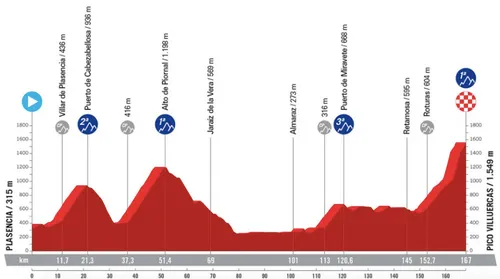
Stage 4 - Plasencia - Pico Villuercas, 167 kilometers
We arrive in Spain and the mountains quickly show up. Four categorized climbs, with one first and second consecutive at the start of the race and the final climb to Pico Villuercas of 3 kilometers with cement ramps of up to 16%

Stage 5: Fuente del Maestre - Sevilla, 170 kilometers
The race reaches Andalusia with a not too demanding stage ending in the streets of Seville in which the sprinters will have another opportunity.
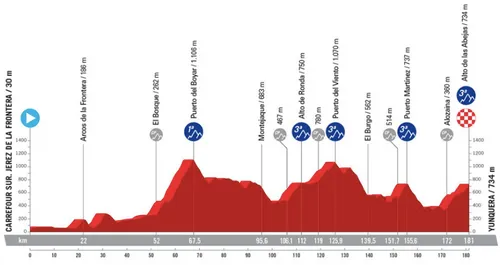
Stage 6: Carrefour sur Jerez de la Frontera - Yunquera, 181 kilometers
After a flat stage, the Vuelta returns to its rhythm with another mountain stage that begins in Cádiz with the beautiful climb to Puerto del Boyar and which will end with a chain of third and final mountain passes in Alto de las Abejas. Perfect stage for an breakaway to succeed.

Stage 7: Archidona - Córdoba, 179 kilometers
A known finale in Córdoba, where Liquigas raided the 2011 Vuelta a España, and Magnus Cort Nielsen won a reduced bunch sprint in 2021. A sprint is likely, but you never know which riders will contest in such tricky terrain.
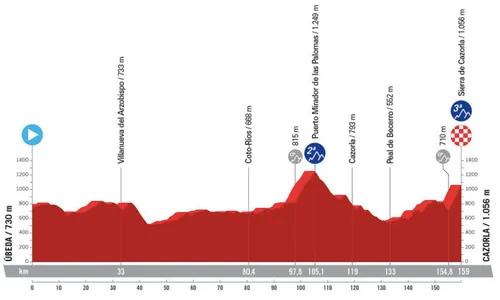
Stage 8: Úbeda - Carzorla, 159 kilometers
Beautiful stage through the Jaén mountain range between Úbeda and Cazorla with the Mirador de las Palomas pass as the great difficulty of the day, 50 kilometers from the finish line and with an uphill finish in Cazorla, perfect for a breakaway with some very winding last kilometers.
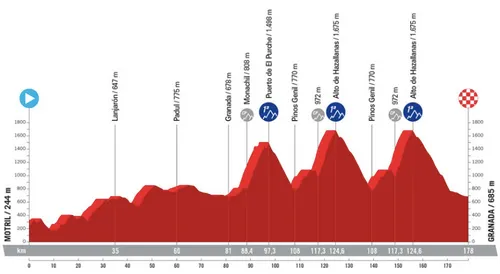
Stage 9: Motril - Granada, 178 kilometers
The first full week closes with a very tough mountain stage that includes a rugged start and a chain of three first-category climbs. The finale takes place in Granada, but before three brutal ascents - the Alto de El Purche, and a double ascent of the Alto de Hazallanas.
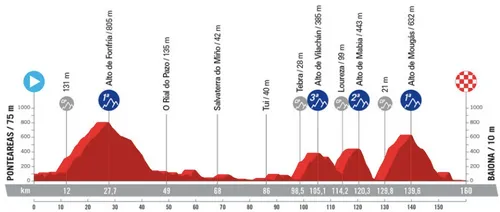
Stage 10: Pontearas - Baiona, 160 kilometers
After the first day of rest, the peloton moves to the North of Spain, where it will stay for the rest of the race until the final stage in Madrid. In Galician lands, a tough stage with two first-class climbs and a flat finish in Baiona where a breakaway or a reduced peloton could arrive.
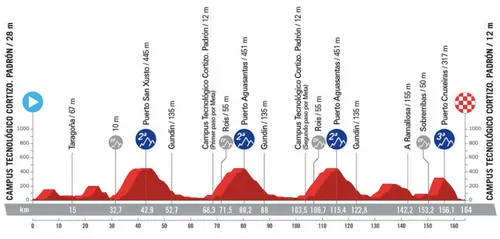
Stage 11: Campus Tecnológico Cortizo Padrón - Campus Tecnológico Cortizo Padrón, 164 kilometers
Classic hilly stage still in Galicia with a chain of three second-category climbs and one quite tough third-category climb in the final part before arriving in Padrón. Day that will do a lot of damage to the peloton and is perfect for a breakaway.
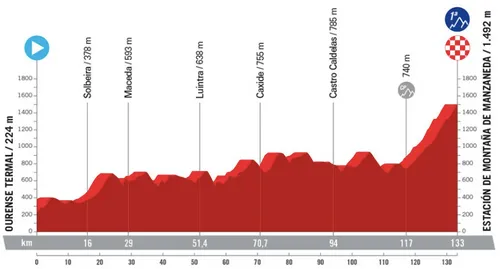
Stage 12: Ourense Termal - Estacion de Montana de Manzaneda , 137 kilometers
Classic 'unipuerto' stage of the Vuelta. Short, 137 km, undulating terrain and with the Manzaneda Mountain Station as the only mountainous difficulty of the day.
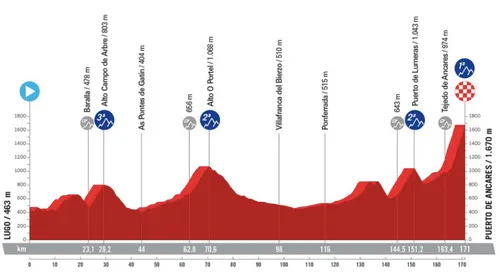
Stage 13: Lugo - Puerto de Ancares, 171 kilometers
The return to Puerto de Ancares (7.7 kilometers at 9% with ramps of up to 15% and some fairly tough last kilometers). In addition, the stage has two other second-category climbs and another third-classification ascent that will soften up the GC riders before the final test for the GC riders.
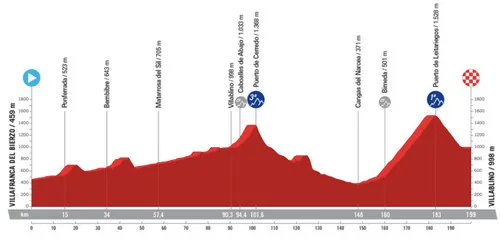
Stage 14: Villafranco del Bierzo - Villablino, 199 kilometers
In a non-stop route between Asturias and Castilla y León, a stage of almost 200 kilometers of constant climbing in the initial part and a comfortable final part until the climb to Puerto de Leitariegos of 23 kilometers, which is not too steep. Final in Villablino after the descent.
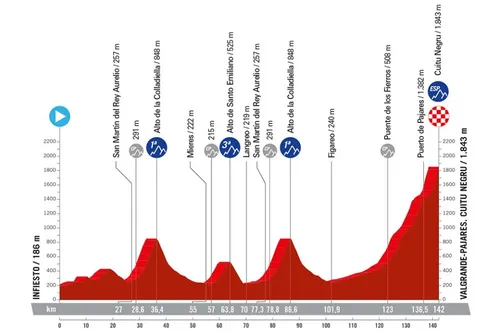
Stage 15: Infiesto - Valgrande-Pajares Cuitu Negru, 142 kilometers
One of the key stages of the Vuelta a España 2024 with two first-category climbs and one third-category climbs before the fearsome final ascent to the Cuitu Negru, which has ramps of up to 23% and will surely see a great fight between the GC men. It is the return of the climb after 2012 where it headlined the race.
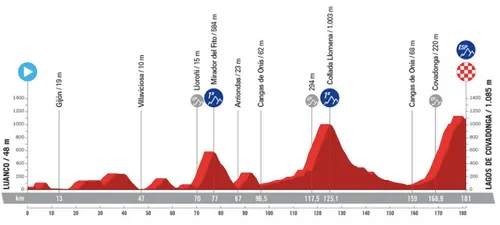
Stage 16: Luanco - Lagos de Covadonga, 181 kilometers
And after Cuitu Negru, the Asturias continues with all the prominence with the traditional stage ending in Lagos de Covadonga, passing through Mirador del Fito and Llomena. A classic to see again the strength of the strongest men in the race to open up the final week.
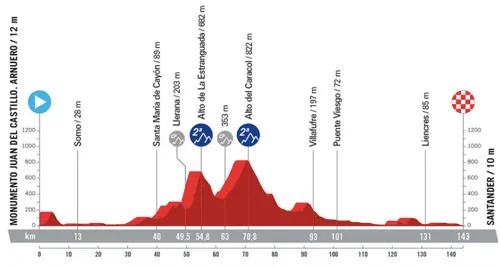
Stage 17: Arnuero - Santander, 143 kilometers
Finale in Santader in what will be the last opportunity for the sprinters of the Vuelta, although the two second-category climbs in the first part of the stage could make a breakaway consolidate, and could completely destroy the peloton.
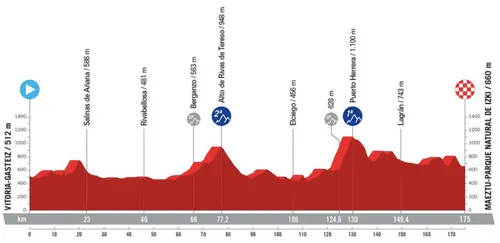
Stage 18: Vitoria-Gasteiz - Maestu-Parque Natural de Izki, 175 kilometers
Leg-breaking mid-mountain stage perfect for a breakaway with a second-category climb and a first-category climb 45 km from the finish line. The sprint could be achieved, but always in a small group. A breakaway is once again the likely scenario for the outcome of the day.
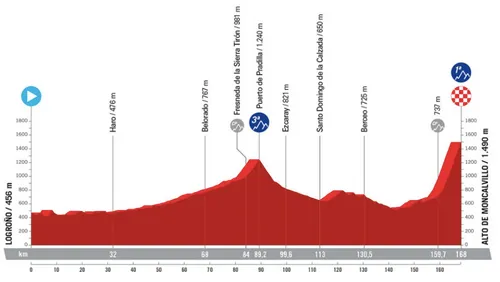
Stage 19: Logroño - Alto de Moncalvillo, 168 kilometers
Another of the classic single-climb stages before the final climb at Alto de Moncalvillo in which Primoz Roglic won in 2020. It is the return of a climb that has delivered a lot in the past.
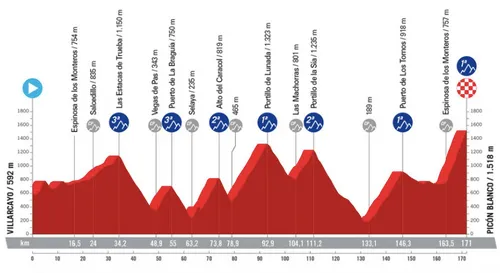
Stage 20: Villarcayo - Picón Blanco, 188 kilometers
Last opportunity for climbers to do damage in a very tough stage with up to seven mountain passes, including three first category and two of them, in Los Tornos and Picón Blanco, practically chained at the end. The test could be decided before the final time trial in Madrid.
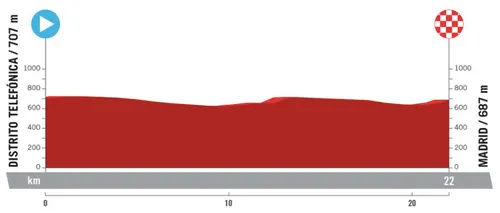
Stage 21 (ITT): Madrid - Madrid, 22 kilometers
The final time-trial that is not very technically complicated through the practically flat streets of Madrid in which the general classification can be decided. Just like the Tour de France will do in Nice, the Vuelta wanted to give excitement to the race until the last stage. and the riders face 22 kilometers against the clock.
claps 0visitors 0
Just in
Popular news
Latest comments
- Being Pogi's mechanic would be absolutely terrifying. he wins like 90% of the races he enters and if there is a loss due to mechanical issues especially in the GTs/Monuments , you are going to get the bootabstractengineer15-12-2025
- Some of these cyclists are really stupid. So a more important rider is hired, there are too many leaders, he talk betrayal, He talks adjustments, He is not selected for any GTs. and he still signs for them🤦🤦🤦abstractengineer15-12-2025
- "He’d sit in the kitchen drinking red wine with the chef for hours after dinner" strange but how is it related to dopingabstractengineer15-12-2025
- 🤣. he cannot surpass Merckx ever. Its not called ambition, its stupidityabstractengineer15-12-2025
- True - maybe there will be some chances for gee to ride for himself - he’s very good, but a GT winner? Seems a bit too far for him (or skelmose tbh) I’m glad Gee found a place - love how he rides and he seems a genuinely good fellowCrashjames15-12-2025
- I think it would be painful setback...MajorPayne15-12-2025
- Not even raced a Grand Tour yet and already got riders cheating. Just ensured they never get my support as can't even exist a couple years without cheating.HoopoeChai15-12-2025
- Now , we know who this guy is because he talked bad about Lazcano.
 PAULO15-12-2025
PAULO15-12-2025 - unfortunately for Nys, he raced as well as he can. And MVDP had plenty of room to improve.mij15-12-2025
- God isn't real. Thankfully we have Tadej!!!Veganpotter15-12-2025
Loading
😍 El mapa de #LaVuelta24 😍 😍 Here's the official route of #LaVuelta24! 😍
Write a comment
